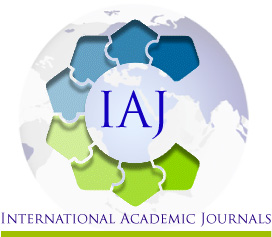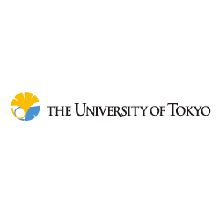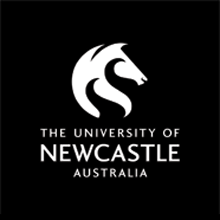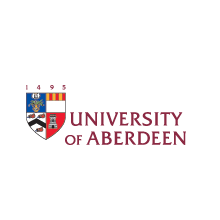POST COVID-19 SITUATIONAL ANALYSIS OF WATER SANITATION AND HYGIENE IN PUBLIC PRIMARY SCHOOLS IN KIAMBU COUNTY, KENYA
POST COVID-19 SITUATIONAL ANALYSIS OF WATER SANITATION AND HYGIENE IN PUBLIC PRIMARY SCHOOLS IN KIAMBU COUNTY, KENYA
Stanley Njau Wanjiku - Master of Science, Water Sanitation and Hygiene, School of Health Sciences of Kenyatta University, Kenya
Dr. Daniel Akunga - Lecturer, Department of Environmental Health & Occupational Safety, Kenya
Dr. Isabella Kingori - Lecturer, Department of Environmental Health & Occupational Safety, Kenya
ABSTRACT
Increased enrolment of children in public schools since the inception of free primary education in Kenya has been attributed to the progressive pressure on the existing water, sanitation, and hygiene (WASH) facilities in schools. The main objective of this study was to assess the status of WASH services in Kikuyu sub-county primary schools post Coronavirus Disease (COVID-19) outbreak. The study applied a cross-sectional study design to collect data for both qualitative and quantitative analysis. The target respondents were students in grades 5 through 8 and the head teachers. At the same time, the key informants were the environment teachers and the sub-county director of education. The study involved all thirty- two (32) public primary schools in Kikuyu Sub-County where 393 respondents were selected through a multistage stratified sampling technique involving both boys and girls from different schools in the sub-county and simple random sampling in the selection of the respondents per grade. A structured questionnaire, a Key Informants Interview guide, and a structured observation checklist were used in data collection. This study found that that Kikuyu Water Company served the largest population of schools, 64.5 percent as the main source of water for schools in Kikuyu sub-county. However, some schools (48.4 percent) relied on shallow wells and a few (9.7 percent) were connected to the community water project/schemes. Water storage capacity in a majority of schools (56.3 percent) ranged between 30,000 and 60,000 litres, while 34.4 percent had less than 30,000 litres water storage and only 9.4 percent of the schools had a capacity of more than 60,000 litres. It was established that most of the schools, 77.4 percent used treated drinking water while the rest, 23.6 percent did not. This study established that since the onset of COVID-19, a majority of schools developed and improved a significant number of WASH facilities in their respective schools. However, when this study was undertaken, a majority of schools (25, 78 percent) were still rated as having limited water supply service. Availability of sanitation facilities had moderately improved since 53 percent of the schools were rated as having limited sanitation services. This calls for strategic resource mobilization to equip schools with more WASH facilities to reach WHO and MoE standards to support primary education. Future researchers should explore further to identify the suitable funding models for WASH services development in schools and the best practices in the operation and maintenance of WASH facilities in public primary schools.









